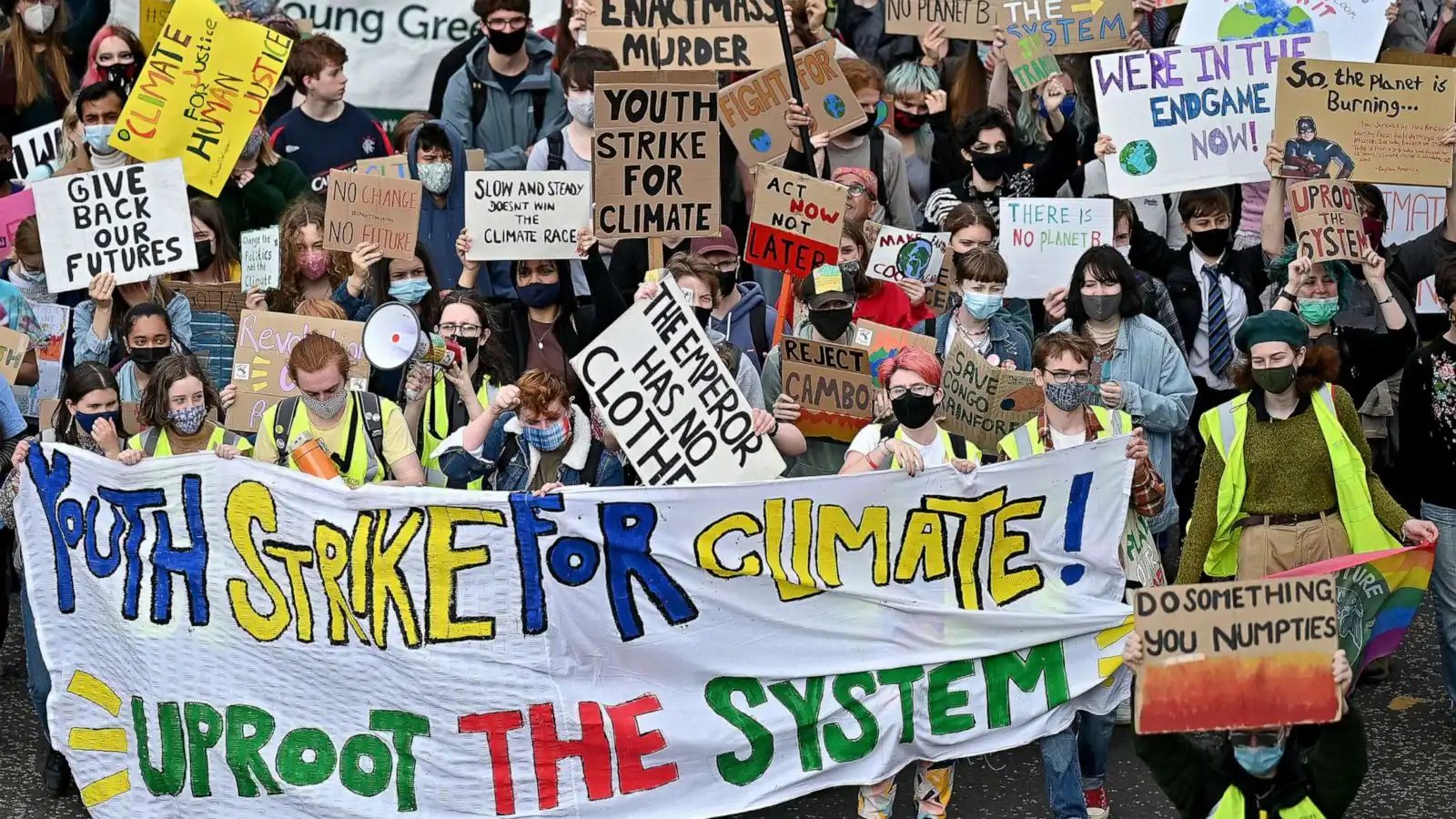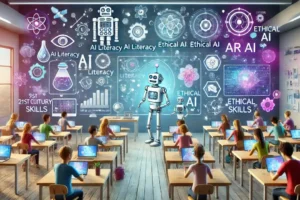
Global Student Climate Strikes: Youth Voice on a Warming Planet
8 June 2025, Sunday
Dear students, educators, parents, and global citizens,
Across the planet, youth-led climate strikes and school walkouts are once again making headlines. On 15 June 2025, tens of thousands of young people in over 50 countries took to the streets, demanding urgent climate action from governments and corporations. As global temperatures rise and extreme weather events increase, this wave of activism reminds us that tomorrow’s leaders are speaking up today. In our “Activities and Announcements” section, we delve into how these student movements are shaping climate education worldwide and offer ways young learners can get involved. Let’s explore this powerful global moment.
Why Students Are Striking Again
Inspired by Greta Thunberg’s #FridaysForFuture movement, students have reignited global climate strikes in June 2025. Key triggers include record heatwaves in Europe, devastating floods in Southeast Asia, and a landmark UN IPCC report warning that emissions must be halved by 2030 to avoid catastrophic warming. Young people see inaction as not just irresponsible but deeply unfair to their generation.
Impact on Education and Curriculum
- Curriculum Revision: Schools in Australia, Canada, and parts of Europe are now integrating climate justice and sustainability modules into geography, social science, and science classes.
- Project-Based Learning: Students engage in real-world initiatives like monitoring local carbon emissions or conducting school garden bio-diversity projects.
- Student-Led Debates: Classrooms host discussions on topics like “Climate Policy vs. Economic Growth” and “Ethics of Climate Migration.”
- Mental Health Support: Recognizing eco-anxiety, some schools have introduced counseling and mindfulness sessions focused on climate stress.
In Kenya, a secondary school class wrote to their government representative, later invited to present their own emission-reduction plan. In Norway, pupils participated in a national “Green Innovation” challenge to design low-waste school cafeterias. These examples show student voices driving change both inside and outside the classroom.
How Students Can Get Involved
- Join a Strike or Climate Club: Look for local FridaysForFuture chapters or school environmental clubs.
- Start a School Project: Organize tree planting, recycling campaigns, or energy audits in your school.
- Educate and Advocate: Host peer workshops on reducing plastic use, sustainable food choices, or carbon footprint tracking.
- Engage with Decision-Makers: Write letters to local officials, petition for climate-friendly policies, or participate in youth advisory boards.
Guidance for Educators and Parents
Teachers can support by including climate science in lessons and helping students translate passion into action. Professional development courses on sustainability teaching are now available in many countries. Parents, meanwhile, can encourage open conversations at home, attend local climate events, and model sustainable habits like reducing waste and conserving energy.
Final Word
On 15 June 2025, the global student climate strikes showed that young people won’t wait for change—they’re creating it. Education isn’t just about preparing for an exam; it’s about empowering responsible, informed citizens ready to protect the planet. Students, use your voice—join the movement, learn, act. Teachers and parents, nurture that drive by providing knowledge and support. Let’s stand together for a sustainable future. We’d love to hear your experiences and stories—share them with us on our website!



